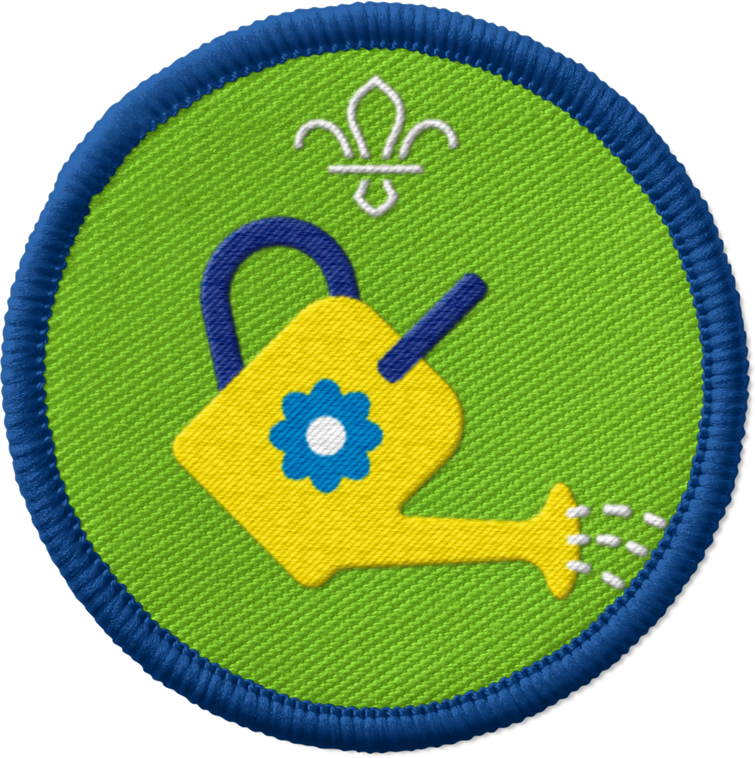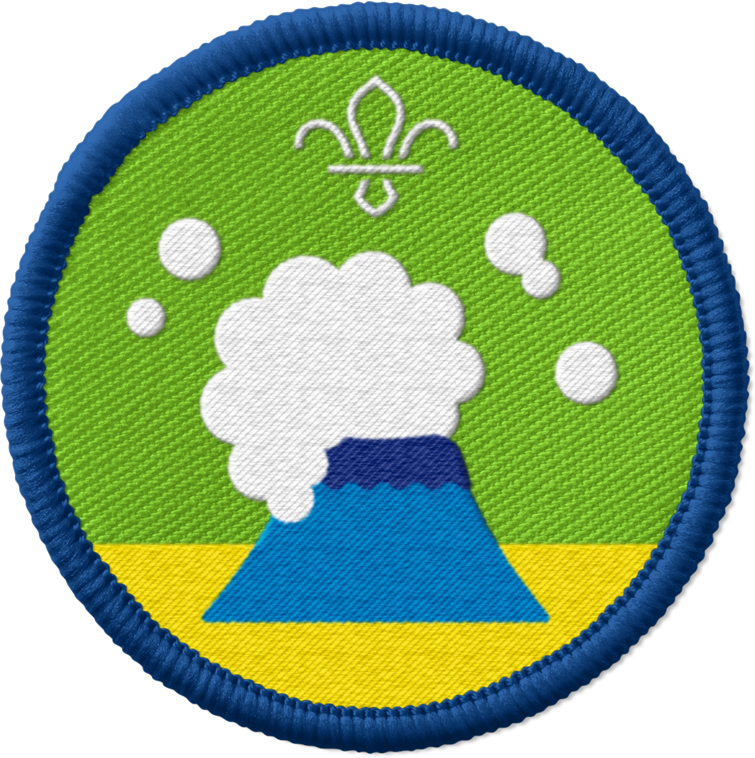Grow cress creatures
You’ll need
- Permanent markers
- Yoghurt pots
- Kitchen roll
- Cotton wool
- Cress seeds
- Watering can
Before you begin
- Before this session, ask people to save yoghurt pots, wash them up, and bring them in.
- You may want to run this experiment as one of a few bases. If you’re running two or three experiments at the same time, put the equipment each needs on a table and make sure there’s an adult at each table.
- Plan ahead and let everyone know what equipment they’ll need to do this activity online at home. You could think about safely delivering the equipment to group members if it’d be appropriate and manageable for your group.
- Remind everyone to care for their cress over the next few days. You could invite people to take pictures to share in your next online session.
- Check out the advice on using Zoom and other popular digital platforms and the guidance on being safe online.
Make the cress creatures
- Everyone should take a yoghurt pot and use the pens to create a face on the front. They should remember where the cress will grow and how it’ll be a part of their design (for example, as hair). People should feel free to get creative with facial expressions, or even to draw a monster or a mythical creature.
- Everyone should make some kitchen roll damp, fold it, and put it into the bottom of their pot.
- Everyone should make some cotton wool damp, and put it inside their pot. Their pot should be about three quarters full of cotton wool.
- Everyone should sprinkle some cress seeds on top of their cotton wool and gently press them down.
- Everyone should put their cress pots on a sunny windowsill, add a little water every day, and watch the cress grow into funny green hair. The cress should start to sprout after a day or two, and it’ll be ready to eat after about a week.
Reflection
This activity helped everyone develop skills like thinking for themselves and trusting their gut while following instructions. The instructions told people what to do, but they weren’t always precise – they didn’t tell anyone how much water to add, or how many cress seeks to sprinkle. How did everyone decide how damp their kitchen roll and cotton wool should be? What may have happened if people used dry cotton wool or kitchen roll, or if their pot was full of water? How many cress seeds did everyone add in? Could people still see the cotton wool, or was it covered by seeds?
This activity also needed everyone to care about what their cress needed. Seeds need people to care about them and make sure they get enough sunlight and water. Did everyone have to think about what their cress needed while it was growing? People were responsible for their cress – their actions decided whether it grew or not. Everyone should mime planting a seed in the floor. What are they planting – will it be a plant or a tree, and will it produce flowers, fruit, or vegetables? What else do seeds need? Just like people, plants need things to grow and be healthy, and we can help make sure they get what they need.
Safety
All activities must be safely managed. You must complete a thorough risk assessment and take appropriate steps to reduce risk. Use the safety checklist to help you plan and risk assess your activity. Always get approval for the activity, and have suitable supervision and an InTouch process.
- Science
Supervise young people, and only do science activities that are advised and age appropriate for your section. Test activities first, to make sure you’re confident you can lead them safely. Use protective clothing where necessary.
- Food
Remember to check for allergies, eating problems, fasting or dietary requirements and adjust the recipe as needed. Make sure you’ve suitable areas for storing and preparing food and avoid cross contamination of different foods. Take a look at our guidance on food safety and hygiene.
- Rubbish and recycling
All items should be clean and suitable for this activity.
- Water games and activities
Be careful when doing activities with, in, or near water. Check surfaces and reduce the risk of slipping where possible. Make sure you have appropriate supervision for this activity.
- Gardening and nature
Everyone must wash their hands after the activity has finished. Wear gloves if needed. Explain how to safely use equipment and set clear boundaries so everyone knows what’s allowed.
Make more than one cress creature and keep each in different conditions. For example, you could put one in a dark place with no light and one on a very sunny windowsill, or you could give one no water, one a bit of water, and one lots and lots of water. Everyone should guess what will happen to the different cress creatures, then after about a week, everyone should look and see what happened. Was it what they predicted?
Make it accessible
All Scout activities should be inclusive and accessible.
You could make some extra cress creatures and use the cress as part of a snack. Why not sprinkle it on top of crackers or rice cakes spread with cream cheese, or add it to hardboiled eggs mashed with a little butter and put in a sandwich? This could count towards your Cook Activity Badge. You could also use the cress creatures to learn about what plants need (for example, by keeping them in different conditions) or grow some more seeds like beans, tomatoes, or salad leaves, to work towards your Gardener Activity Badge.


